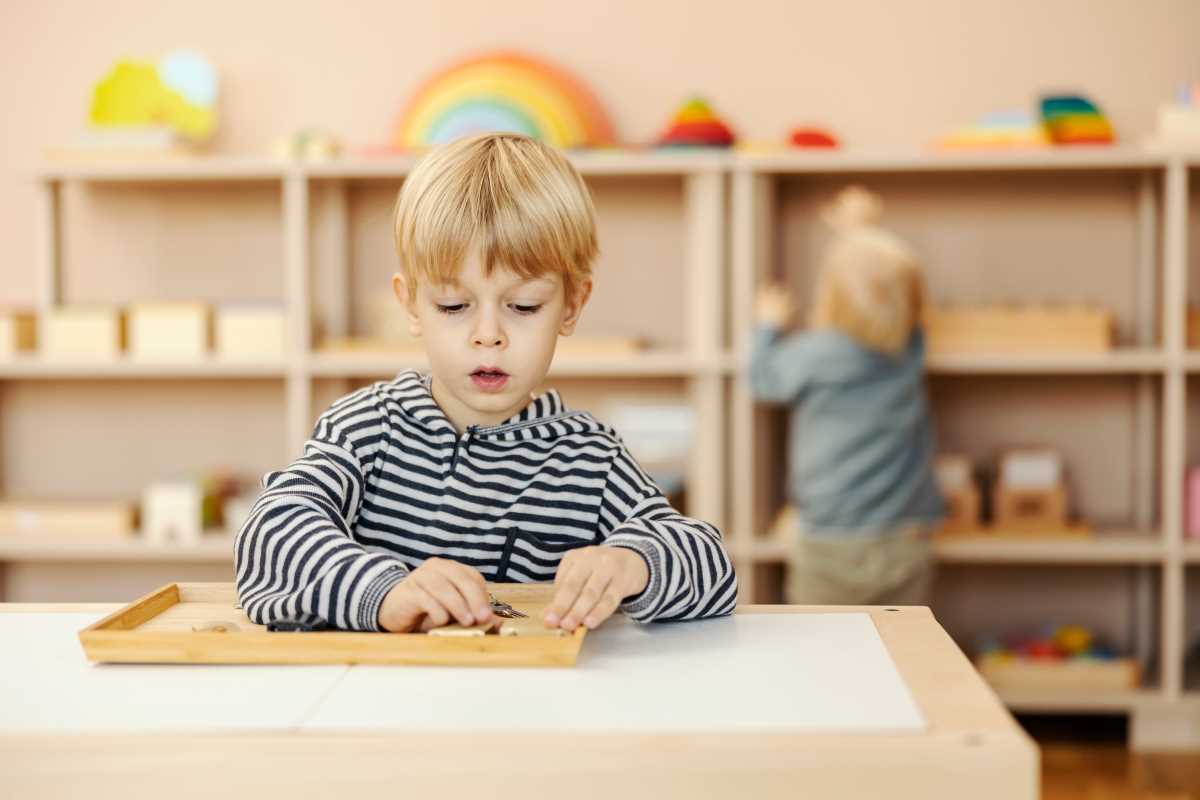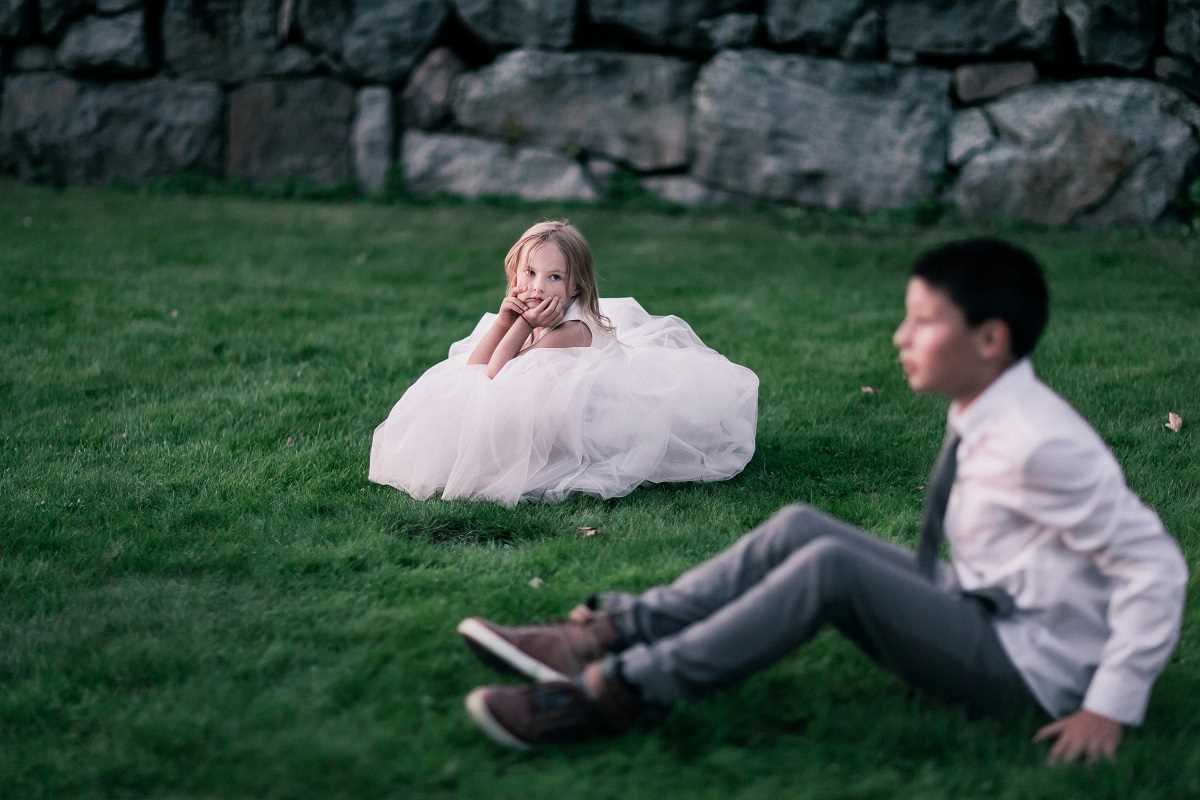Montessori education takes a distinctive approach to child development, combining personal freedom with thoughtful, structured guidance. By creating environments tailored to a child’s natural curiosity, it nurtures independence, self-discipline, and a lifelong love of learning. This philosophy allows children to take an active role in their education while respecting their individual developmental needs. Let's explore how Montessori values can be brought to life, both in classrooms and at home, through meaningful examples.
The Philosophical Roots of Montessori
Dr. Maria Montessori’s groundbreaking work in the early 20th century was rooted in a deep understanding of child psychology and developmental stages. Her philosophy rests on five core pillars:
- Children are naturally curious and motivated to learn.
- Individual exploration fosters genuine understanding.
- Learning environments must support growth through intentional design.
- Freedom exists within carefully considered boundaries.
- Learning is self-correcting and centered on discovery rather than external judgment.
For instance, Montessori believed in the child’s ability to self-teach when given appropriate tools. A classic example of this philosophy is the use of the Pink Tower, a set of ten graduated pink cubes. This activity refines spatial awareness and introduces early math concepts like sequencing and size differentiation. The hands-on nature allows children to experiment and self-correct by noticing if the tower isn’t aligned perfectly, building both cognitive and physical skills organically.
The Montessori Environment
Montessori environments are meticulously prepared to engage children’s curiosity. Every detail serves a purpose, fostering independence and encouraging exploration.
1. Child-Sized Furniture and Materials
Montessori classrooms feature furniture tailored to the child’s size, making it easier for them to interact with their environment. This approach builds independence. For example, a small table and chair allow a child to sit comfortably and focus on learning materials without needing adult assistance.
At home, you can replicate this by placing a low shelf with toys or books within your child’s reach. For toddlers, offer Montessori-inspired toys like wooden stacking rings that improve coordination and concentration.
2. Organized Learning Stations
Montessori classrooms are divided into specific learning areas, such as Practical Life, Sensorial, Mathematics, Language, and Cultural Studies. Each station is designed to focus on skill-building.
For example, in the Practical Life area, children engage in activities like pouring water or spooning beans. These simple tasks develop fine motor skills, hand-eye coordination, patience, and focus. You can easily recreate this at home by setting up a small tray with a pitcher, cups, and dried beans or water for practice.
3. Curated Educational Materials
Every material in a Montessori classroom is selected with intention. For instance, The Moveable Alphabet helps preschoolers build words and practice reading by arranging lettered tiles. Similarly, Sandpaper Letters allow children to trace letters with their fingers, engaging multiple senses to reinforce learning.
At home, you can introduce similar tactile-learning methods. Create a DIY version using textured paper or craft sand for letters or numbers, guiding your child to trace them with their fingers.
Freedom Within Structure
Montessori’s genius lies in balancing autonomy with thoughtful boundaries. Children are given the freedom to choose activities, work independently or collaboratively, and set their pace—as long as they respect the ground rules.
Consider a Montessori classroom where a child chooses to work with the Bead Stair, a set of numbered, color-coded bead bars. They might initially explore the patterning and colors before transitioning to counting and addition. The teacher observes their progress, gently introducing new challenges when ready.
Teachers act as facilitators or "guides," introducing materials when a child’s developmental stage matches their readiness to learn. The emphasis is on minimal interference to preserve the child’s self-discovery and confidence. A child exploring the Brown Stair, for example, learns concepts of geometry without being directly “taught”—simply by manipulating and arranging the material.
Practical Montessori Implementation at Home
Parents can integrate Montessori principles into daily life with ease by creating a home environment where children feel empowered and capable.
Give your child ownership of certain areas at home. For instance, create a child-friendly kitchen zone with a small table, utensils, and access to ingredients like bread, peanut butter, and fruit. This encourages independence by allowing them to prepare simple snacks.
Similarly, you can set up a clothing area with low hooks for jackets or drawers for clothes they can choose and manage themselves. These setups build autonomy while teaching responsibility.
Offer your child choices within defined limits. For example, instead of broadly asking, “What do you want for lunch?” present two options, like “Would you like a cheese sandwich or pasta?” This promotes decision-making while keeping choices manageable.
Lean into Montessori’s sensorial approach by creating simple activities. For example, make a sorting game where your child separates grains like rice, beans, or pasta by size or color. You could also explore sound by creating sound jars filled with rice, small bells, or buttons, encouraging them to match pairs by listening carefully.
Real Developmental Benefits
Montessori’s hands-on educational strategies directly support critical areas of cognitive, emotional, and social growth.
Take math as an example. Instead of abstract concepts, Montessori uses visuals like the Golden Beads, representing units, tens, hundreds, and thousands. Children physically handle these materials to understand addition, subtraction, multiplication, and division, making math tangible and memorable.
Mixed-age classrooms encourage collaboration and peer learning. A younger child might watch an older child work on the Number Rods, learning through observation before feeling ready to try it themselves. Older children, in turn, develop patience and leadership by assisting their peers.
By regularly engaging with Practical Life exercises, children practice essential life skills like table-setting or sweeping. These activities aren’t just chores—they build concentration, instill a sense of achievement, and teach responsibility.
Long-Term Impact
Studies on Montessori-educated children reveal impressive long-term outcomes:
- Intrinsic Motivation: Montessori’s self-directed learning fosters a sense of pride and genuine curiosity that drives kids to explore the world.
- Critical Thinking and Problem-Solving: Activities like the Puzzle Maps, where children piece together continents, engage logical reasoning and spatial skills.
- Adaptability: By learning through trial and error—whether pouring water or counting beads—children become resilient problem-solvers.
Whether it's crafting a learning station at home or encouraging your child to pour their juice, small changes create big ripples in their growth. Learning, after all, begins with curiosity and ends with empowerment—and Montessori shows us just how seamlessly this can happen.







